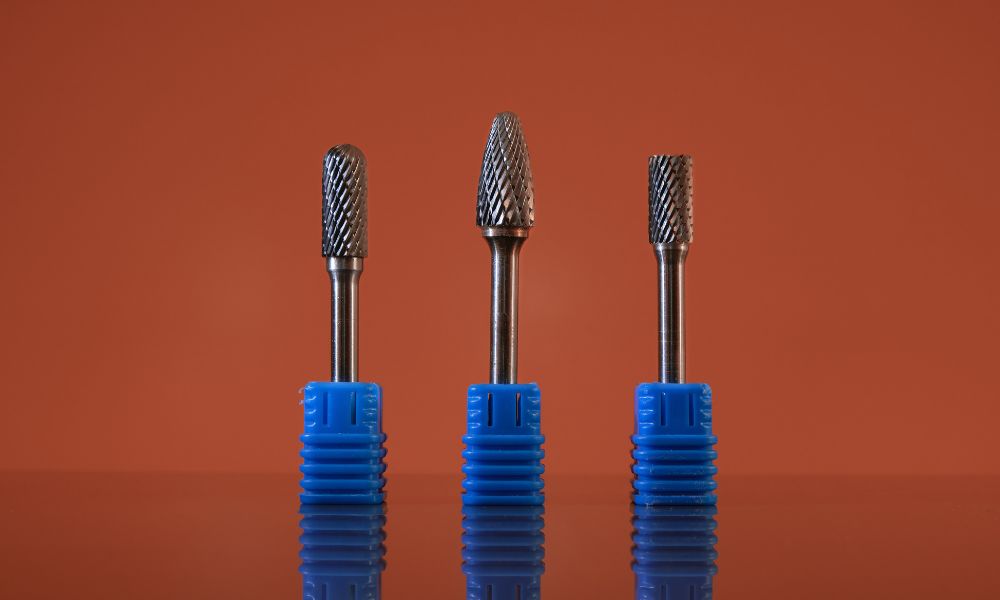Single-Cut vs. Double-Cut Burr: What Are the Differences?

What is the best carbide burr for chip removal and producing a better-quality finish? Let’s look at the differences between single-cut and double-cut burrs. This way, you can know their technical details and figure out which works best for your drilling application.
What Is a Single-Cut Carbide Burr?
Single-cut carbide burrs remove materials quickly, creating a smooth finish and longer chips. They can work through ferrous materials, including cast iron, steel, brass, and copper. Furthermore, they best perform in cleaning, deburring, material removal, and milling applications.
What Is a Double-Cut Carbide Burr?
Double-cut carbide burrs help perform on more rigid materials, offering a textured tip in two directions. Additionally, the unique design helps reduce pulling movements and provides better operation control, reducing chip amount.
Double-cut burrs work best for non-ferrous and ferrous metal materials, along with ceramics and plastic surfaces. Because of their higher cutting edges, double-cut burrs perform faster stock removal, offering a refined finish.
Uses of Rotary Carbide Burrs
Rotary carbide burrs serve multiple purposes. Many rotary carbide burr types, including ball burrs, tree burrs, inverted cone burrs, cylinder burrs, and more, produce the desired drilling hole application. Some common uses for rotary burrs include metalworking, deburring, casting, welding, and tool designing, in the automotive, masonry, aerospace, and other metal industries.
What Are the Differences?
Let’s review the differences between single-cut and double-cut burrs, including their functionality and chip removal. While sing-cut and double-cut burrs perform different cuts, they still serve the same task with different results.
Rotary Burr Functionality
Functionality is critical in work productivity, especially when using carbide burrs. If your carbide burrs perform quickly and steadily, you can increase productivity in your project. Firstly, single-cut burrs have a challenging handling due to their single-direction movement. This can result in burr jumping, where you can miss your position from the target, moving to another spot.
Double-cut burrs, however, offer a smooth and stable performance that’s easy to handle and manage. Any new operator can use a double-cut burr effortlessly with no issues.
Chip Extraction
An ordinary process when using a carbide burr is chip removal or extraction. Chip extractors apply compressive force, cutting materials into small pieces or chips. There are different jobs that require chip removal, including grinding, honing, and shaping.
Single-cut burrs perform chip extraction at slower rates compared to double-cut burrs. Double-cut burrs contain more grooves, which results in higher performance and are often better for chip extraction projects.




